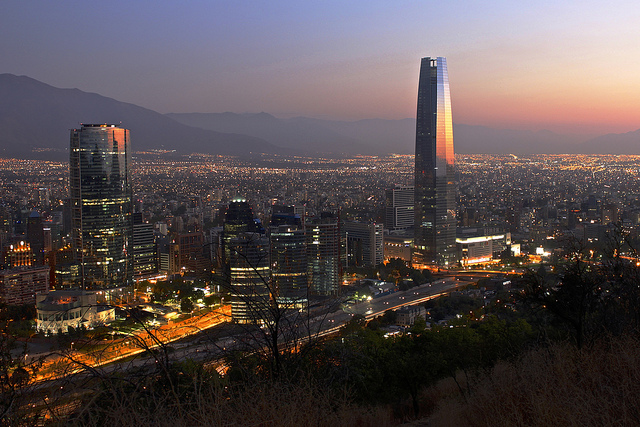Chile's Magallanes Region to Remain on Daylight Saving Time
The Magallanes Region in Chile will be staying on Daylight Saving on May 14, 2017, instead of moving their clocks back one hour like the rest of Chile. The capital of this region – Punta Arenas – will also remain on DST.
Why Stay on Daylight Saving?
For some time, residents and politicians have lobbied for this change to happen. Supporters feel that daylight hours in the region are unnecessarily short, and an extra hour of light is good for tourism, the local economy and resident health.
 The President Michelle Bachelet signed the proposed time change into law on December 4, 2016.
The President Michelle Bachelet signed the proposed time change into law on December 4, 2016.
This means that the Magallanes Region of Chile will remain on DST, with an offset of UTC-3.
Also affected is the Chilean Arctic, or more specifically the US-run Antarctic base Palmer Station which observes the same time as the Magallanes Region.
Chilean Time Zones Broken Down
Currently, mainland Chile – including the capital Santiago – is on Daylight Saving, observing Chile Summer Time (CLST).
On May 14, 2017, most of the region will fall back an hour to standard time, thus observing Chile Standard Time (CLT) with an offset of UTC-4.
The country has a long history of similar time changes. Back in January 2015, Chile decided to remain on Daylight Saving permanently to allow for more daylight hours. But just a year later – starting on May 15, 2016 - the Chilean Ministry of Energy announced the country would once again observe time changes.
After the new shift, the Magallanes Region of Chile will be alone in remaining on Daylight Saving.
Image by Alobos Life (Flickr)